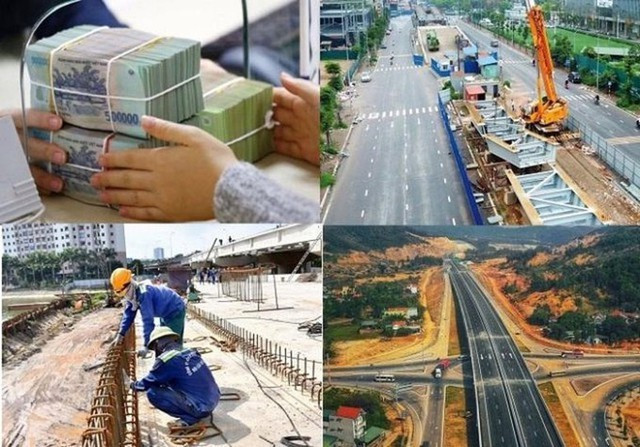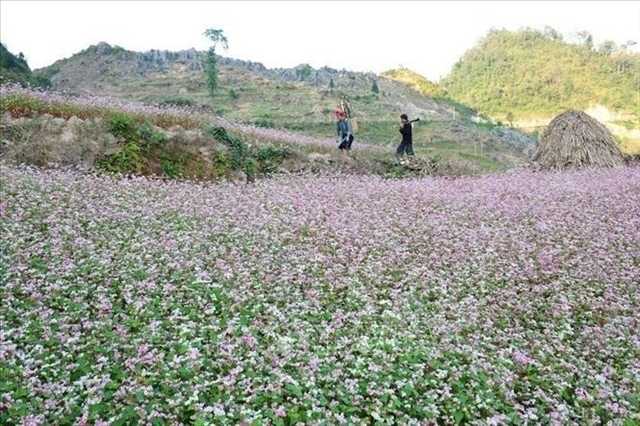 Life & Style
Life & Style
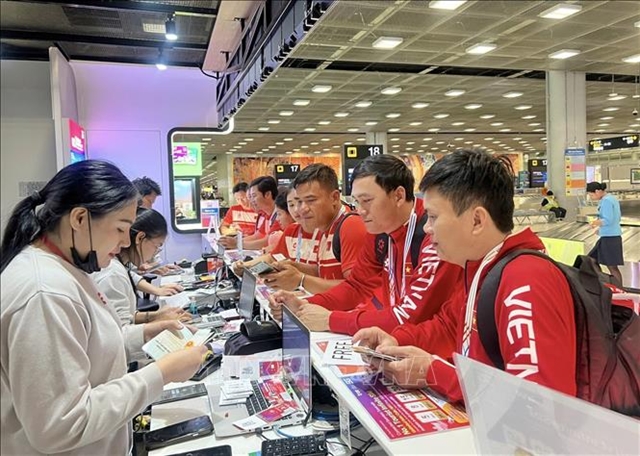
A thematic exhibition entitled Đi Qua Cuộc Chiến (Going through the Wars) is being held at the capital’s Hồ Chí Minh Museum on the occasion of the 70th National Anniversary of War Invalids and Martyrs’ Day on July 27.
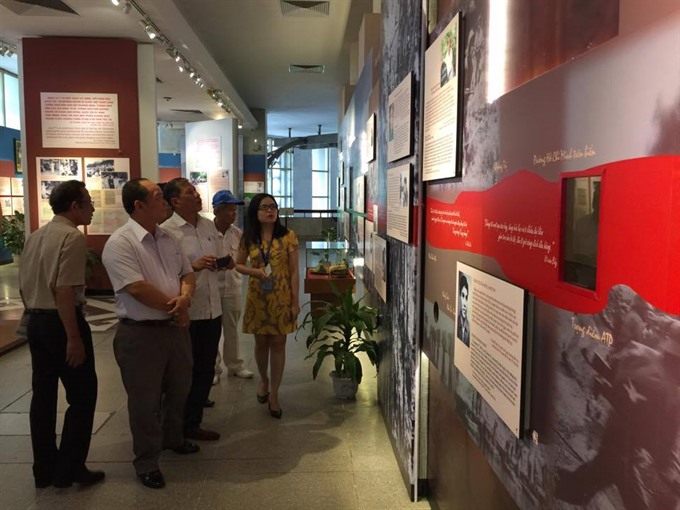 |
| Flashbacks: The exhibition introduces stories of wounded veterans from many regions of the country. — VNS Photo An Vũ |
HÀ NỘI – A thematic exhibition entitled Đi Qua Cuộc Chiến (Going through the Wars) is being held at the capital’s Hồ Chí Minh Museum on the occasion of the 70th National Anniversary of War Invalids and Martyrs’ Day on July 27.
The exhibition is inspired by president Hồ’s teaching and encouragement of war invalids and martyrs and is co-organised by the Hồ Chí Minh Museum, its branches around Việt Nam.
The exhibit is divided into three sections: Memories on the battlefields, When the wars were over, and Dreams, introducing the stories of the soldiers directly involved in the resistance wars. After the wars, despite their injuries, they strove to overcome difficulties and continue to contribute to the building and development of the country, to be worthy of the teachings of Uncle Hồ.
Accordingly, the exhibition introduces stories of wounded veterans recounting their memories, their wishes for the future, and describing their inner spirit as “disabled but still able” individuals to make the country “better and bigger” according to Uncle Hồ’s vision.
Over 100 items and images retelling battle stories, as well as the work of returning war heroes’ after National Reunification Day, letters of President Hồ to soldiers and people of three regions, are also on display.
One story, headlined "Three Attempts To Apply For The Army" is retold by Nguyễn Thế Nghĩa, born in 1945, a wounded veteran living in Bắc Giang City of the northern province of Bắc Giang.
“My application for military duty was rejected twice due to my inadequacies with respect to the physical requirements because I weighted only 38kg when I took the physical test. However, in the third attempt, in 1966, I hid two weights in my bags and passed the physical check. But in the next test, I was disqualified because I was the only child of the family whose father was a martyr. At that moment, I bit my finger so hard that its blood spilled out in front of everyone, and I wrote a note: ’I, Nguyễn Thế Nghĩa, demand a role to fight in the battlefield, protect freedom and free our people even if it costs my life. I have to fight on the battlefield; I will not stay at home.’ Acknowledging my desire, they appointed me to Batalion 5, Regiment 320.”
Nguyễn Đức Cử, another 65-year-old wounded veteran from the coastal city of Đà Nẵng, came to visit the exhibition and see his story posted on the wall. “In response to receiving a notice of my death, my family set up an altar to commemorate me every year. In 1974, on my death anniversary, when my father was heading south to worship, someone told him that I was on my way home. My father was so happy that he gave up worshipping, and rushed to pick me up with his bicycle. He touched me to make sure that my return was real. When I got home, I looked up at the altar and saw my photo on it.
“When I walked 16 kilometres from northern Thanh Hóa Province to get home, my family could not believe their eyes I was still alive. The brutality of the war for us soldiers is something taken as normal. I lost contact with 20 comrades after the war, and I still think of them every day,” said Cử.
Vũ Mạnh Hà, director of the Hồ Chí Minh Museum, said the exhibition was a good opportunity to help young people learn more about their families and educate them in patriotism and solidarity of building the country.
The exhibition is free for domestic visitors, and priced at VNĐ40,000 for foreign visitors. — VNS
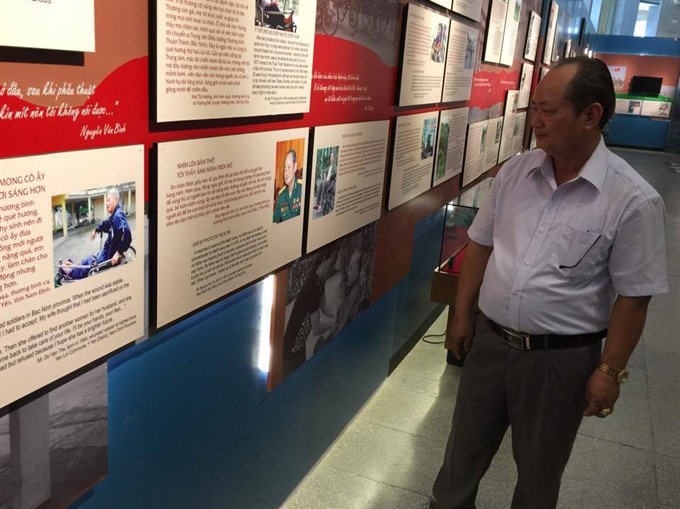 |
| Back from the dead: Veteran Nguyễn Đức Cử looks at his story posted on the exhibition’s wall. — VNS Photo An Vũ |



